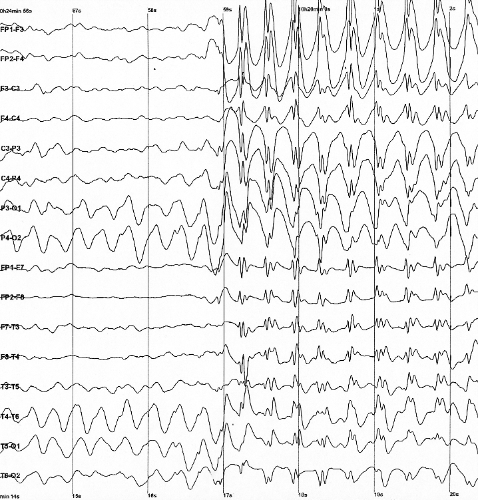Study suggests epilepsy drug can be used to treat form of dwarfism

A drug used to treat conditions such as epilepsy has been shown in lab tests at The University of Manchester to significantly improve bone growth impaired by a form of dwarfism.
Metaphyseal chondrodysplasia type Schmid (MCDS), is a genetic condition caused by mutations in 'collagen X' which affect cell differentiation and bone growth.
The team are from The University of Manchester, Murdoch Children's Research Institute, Australia, and the Institute of Genetic Medicine, Newcastle University.
MCDS leads to skeletal dysplasia, commonly referred to as dwarfism, where patients are often short in stature with unusual limb proportions. There is no current treatment.
The research team discovered in lab and mouse studies that the drug carbamazepine, already approved for treating conditions such as epilepsy and bi-polar disease, can significantly reduce the effects of MCDS.
And that has opened up the possibility of human trials which, will take place at the end of this year.
Professor Ray Boot-Handford, a biochemist who led the study at The University of Manchester, said: "Carbamazepine is an inexpensive drug which has been used to treat conditions such as epilepsy and bi-polar disease for decades.
"So the possibility that it may be effective in MCDS is exciting and needs to explored further."
He added: "The indication from this study is that Carbamazepine might work in a number of other conditions where the same process involving mutant protein accumulation takes place.
"But clearly, the next stage is to test it in humans."
In the study, three weeks of treatment with carbamazepine resulted in significant increases in the rates of long bone growth, compared to untreated mice.
There was also a reduction in hip dysplasia or misalignment, a common feature of MCDS.
The researchers believe the effect occurs as the drug degrades the mutant forms of Collagen X.
This reduces stress on cells which in turn improves their ability to differentiate – improving growth.
Professor Michael Briggs, from Newcastle University, said: "The concept of going so quickly from pre-clinical data to orphan drug designation to a clinical trial is incredible.
"It exemplifies the power of drug repurposing for rare disease: there has been no involvement of big pharma and this inexpensive drug has had a great safety record since the 1950s."
The paper "Increased intracellular proteolysis reduces disease severity in an ER stress–associated dwarfism," is published in the Journal of Clinical Investigation.
More information: Lorna A. Mullan et al. Increased intracellular proteolysis reduces disease severity in an ER stress–associated dwarfism, Journal of Clinical Investigation (2017). DOI: 10.1172/JCI93094



















